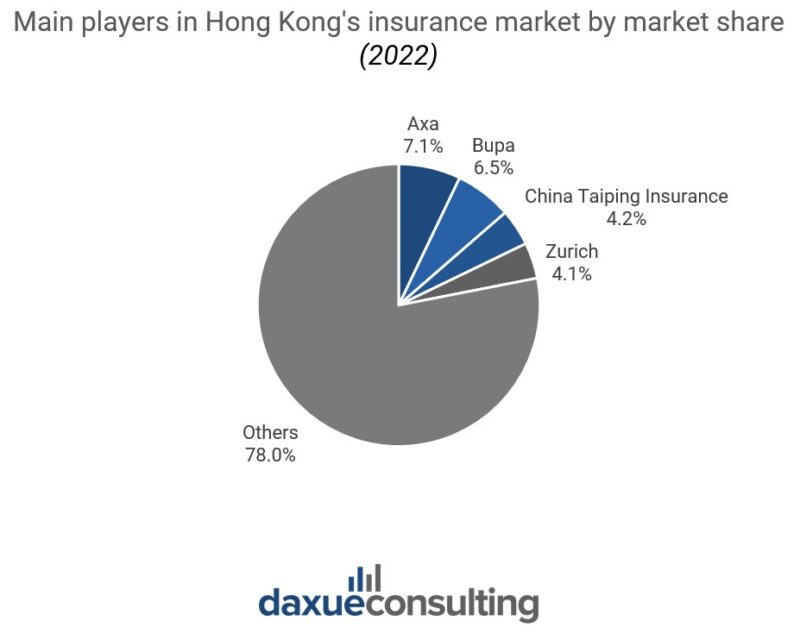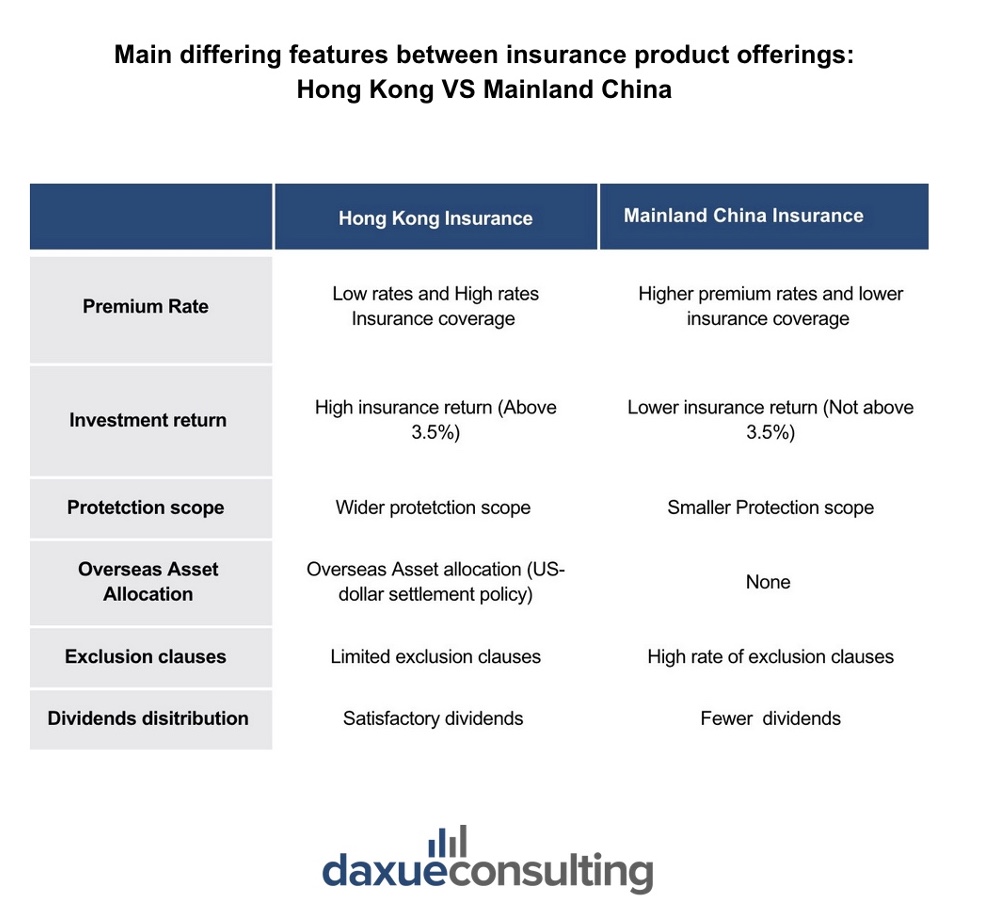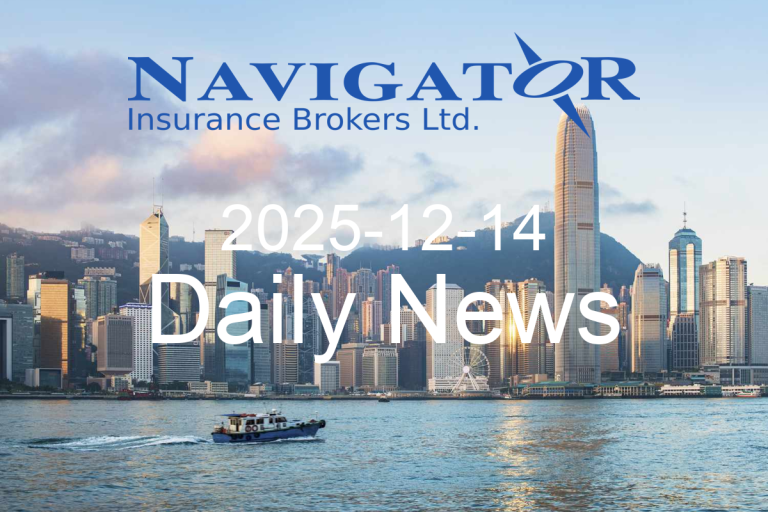Hong Kong’s insurance market demonstrated remarkable stability in 2024, reinforcing its pivotal role as a strategic reinsurance hub in Asia. The market’s resilience is reflected in its impressive $13.1 billion in general insurance gross premiums, which encompass both domestic and international reinsurance activities.
With 157 authorized insurers operating in the region, Hong Kong continues to serve as a critical gateway to mainland China, driven by sustained market demand and strategic economic positioning. The market’s breakdown reveals a balanced composition: direct business contributed $6.68 billion, while inward reinsurance accounted for $6.37 billion. Financially, the industry reported a robust operating profit of $1.05 billion, including $0.43 billion from underwriting profits.

A significant factor in the market’s stability has been the absence of major catastrophe losses in 2024, which allowed insurers to refine their catastrophe modeling and reinsurance protection strategies. This period of calm provided an opportunity for strategic enhancement and risk management improvements.
The Greater Bay Area (GBA) integration emerged as a critical development, with China’s State Council designating Hong Kong as a strategic risk management center for 2025. Regulatory progress has been evident through initiatives like a pilot program enabling Hong Kong vehicles to enter Guangdong via the Hong Kong–Zhuhai–Macao Bridge without quotas, signaling deepening cross-border collaboration.

Regulatory reforms played a transformative role in shaping the market landscape. The new Risk-Based Capital (RBC) regime necessitated capital strengthening for some insurers, while the implementation of IFRS 17 accounting standards proceeded smoothly. Emerging focus areas included climate disclosure requirements and escalating cyber risks, prompting a more comprehensive approach to risk management.
Market dynamics showed moderate firming in primary market pricing, with property rates for catastrophe-exposed risks rising 5–10%. Looking toward 2025, reinsurance conditions are expected to soften, with rates for loss-free excess-of-loss programs projected to drop 10–15% and small commission increases on proportional treaties as regional reinsurers expand capacity.

Despite challenges such as higher capital requirements, competitive pricing pressures, and cautious economic sentiment, growth opportunities remain promising. The GBA integration offers significant potential, and Hong Kong’s established reinsurance position provides a strong foundation. Potential regulatory changes, such as legislation for ride-hailing services, could unlock additional market opportunities.
The market’s adaptability is further demonstrated by its response to emerging trends. Digital asset reforms introduced licensing for custodians, trading platforms, and stablecoin issuers, potentially stimulating demand for innovative insurance products.

While the path forward includes navigating complex regulatory landscapes and managing evolving risks, Hong Kong’s insurance market has shown remarkable resilience. Its strategic importance as a reinsurance hub and gateway to mainland China positions it favorably for continued growth and development.
The broader context of the Asian insurance sector suggests a dynamic environment of innovation and regulatory alignment. From Tokio Marine Holdings’ planned US agriculture sector expansion to rising cyber insurance adoption in India, the region continues to evolve, presenting both challenges and opportunities for insurers.
As Hong Kong moves forward, sustained efforts to address capital requirements, competitive pressures, and emerging risks like cybersecurity will be crucial in maintaining the market’s stability and competitive edge.












